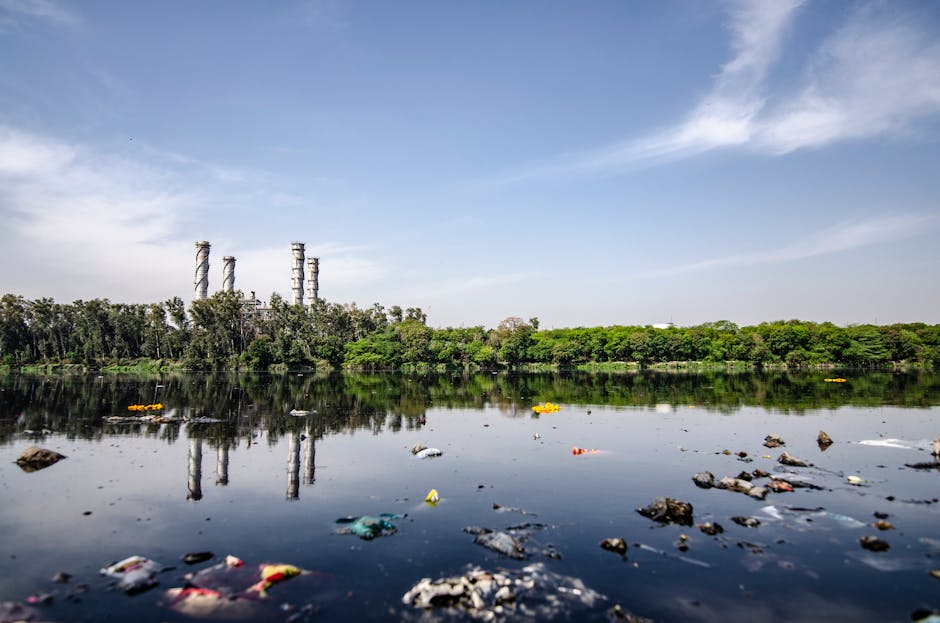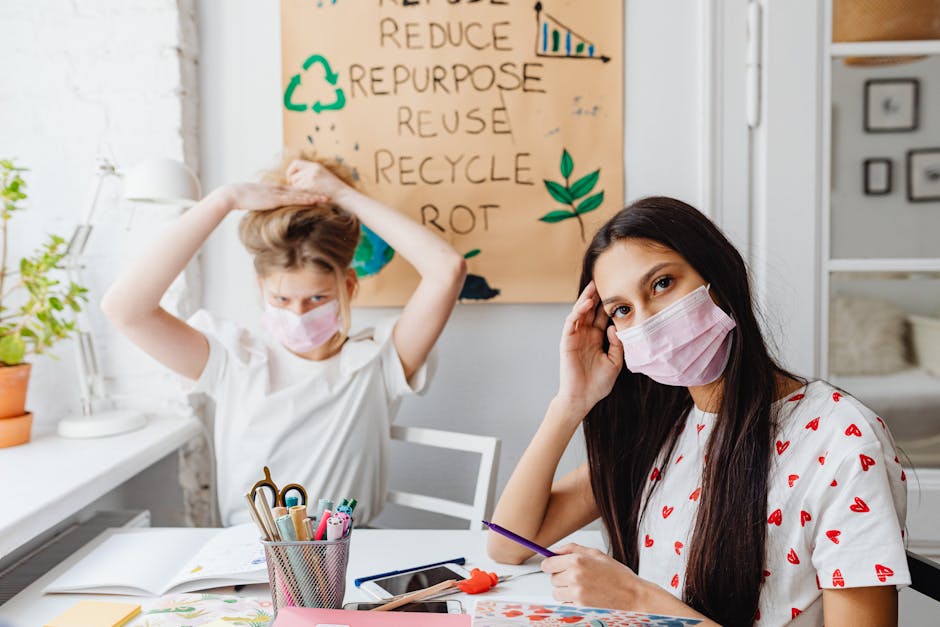Delhi’s Air Quality: Minor Dip, Major Health Risks
Delhi’s air quality showed a marginal improvement on Wednesday, but residents continued to grapple with “very poor” to “severe” pollution levels. The Air Quality Index (AQI) hovered between 350-400, offering little respite from the toxic smog enveloping the city. While the Graded Response Action Plan (GRAP) Stage 3 restrictions remain on hold, experts warn that prolonged exposure poses severe health hazards.
AQI Dips Slightly, But Smog Chokes Key Areas
The Central Pollution Control Board (CPCB) recorded Delhi’s average AQI at 395—a minor drop from earlier 400+ levels. However, hotspots like Anand Vihar (AQI 423), Bawana (AQI 412), and Punjabi Bagh (AQI 408) suffered “severe” air quality. Morning smog reduced visibility, disrupting flights and trains, while hospitals reported rising cases of respiratory illnesses.
A slight increase in wind speed offered temporary relief, but experts predict stagnant winds and colder temperatures may worsen pollution soon.
GRAP 3 Restrictions on Hold—Why?
The Commission for Air Quality Management (CAQM) deferred reimposing GRAP Stage 3, which bans construction and BS-III/IV vehicles. Officials cited the minor AQI dip but affirmed Stage 1-2 rules (e.g., garbage burning fines, road cleaning) remain active.
Delhi’s Environment Minister Gopal Rai warned, “We’re monitoring closely. GRAP 3 may return if AQI spikes again.”
Stubble Burning & External Threats
Despite claims of reduced farm fires, Punjab recorded 1,200+ stubble-burning incidents on Tuesday. While winds aren’t blowing toward Delhi currently, a shift could spike pollution overnight.
Health Emergency: Doctors Issue Dire Warning
Hospitals report a 20-30% surge in asthma, COPD, and bronchitis cases. Dr. Arvind Kumar (Sir Ganga Ram Hospital) likened Delhi’s air to “smoking 20-25 cigarettes daily.” The government advised vulnerable groups to avoid outdoors and use N95 masks. Schools curtailed outdoor activities.
What’s Next for Delhi’s Pollution Crisis?
With winter approaching, Delhi’s air quality is expected to deteriorate further. Long-term solutions like year-round emission controls, stricter industrial regulations, and interstate cooperation remain critical. For now, citizens hope for rain or stronger winds to clear the smog.




